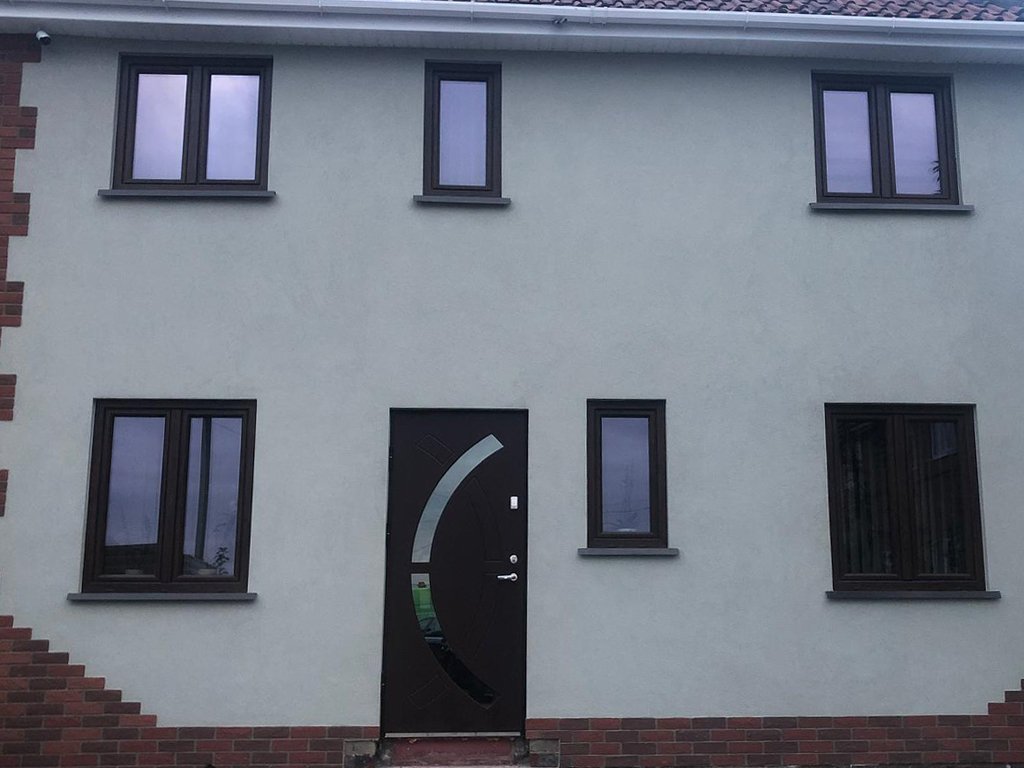Rendering is a process when exterior cladding is applied on external walls to give some sort of finish. At RKND we do all sorts of different renderings, which helps to:
- Protect the wall from weathering effects and rainwater penetration.
- Improve fire rating qualities.
- Improve the external appearance of a property. There’s no denying that applying a render system to an old, tired-looking building will transform its appearance – making it look modern and more visually appealing.
- Increase the thermal efficiency of walls.

